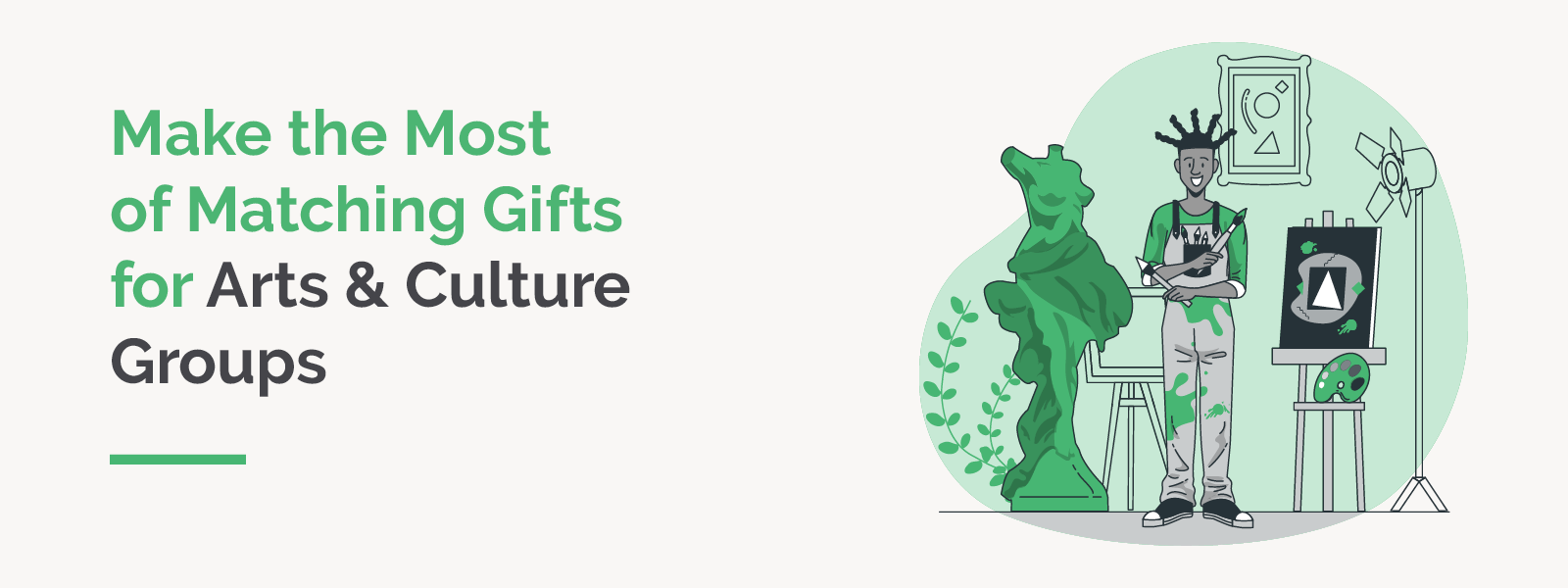
Make the Most of Matching Gifts for Arts & Culture Groups
Matching gifts are a powerful yet continuously underutilized…
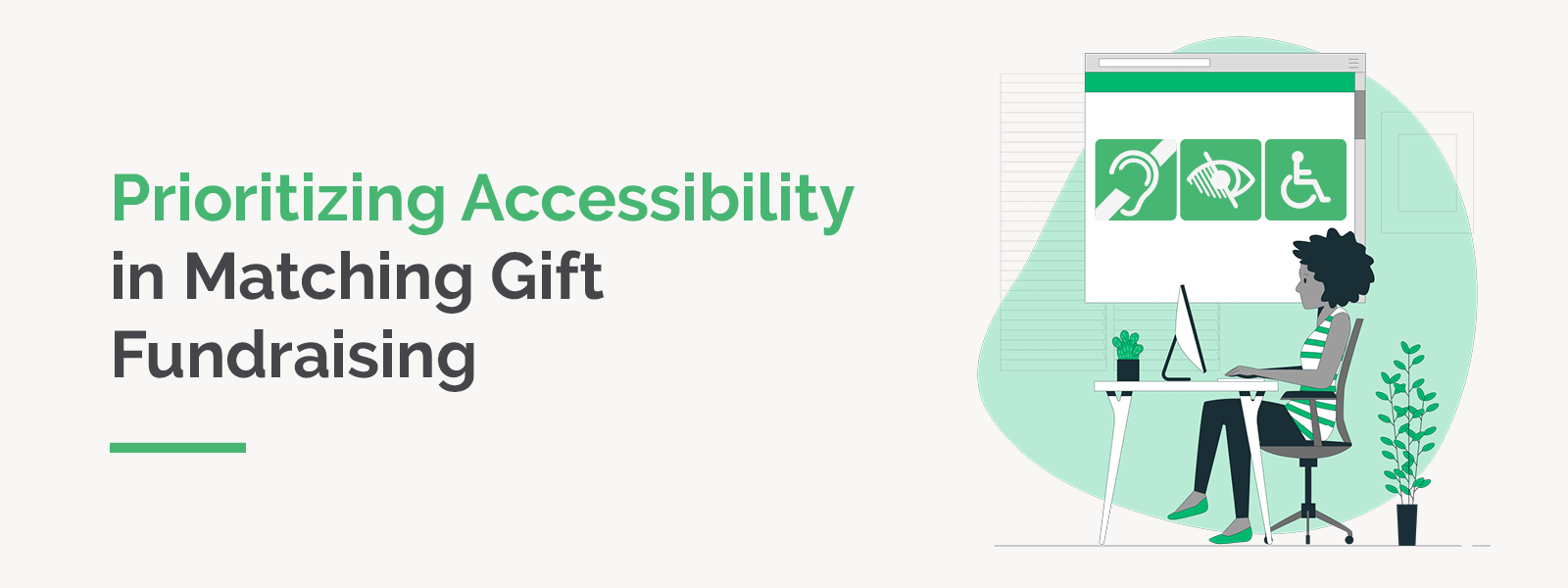 https://doublethedonation.com/wp-content/uploads/2023/06/DTD_Prioritizing-Accessibility-in-Matching-Gift-Fundraising_Feature-1.png
600
1600
Kanwei Li
https://doublethedonation.com/wp-content/uploads/2025/11/DTD-horizontal-logo-300x63.png
Kanwei Li2023-07-10 23:00:452026-01-09 16:47:01Prioritizing Accessibility in Matching Gift Fundraising
https://doublethedonation.com/wp-content/uploads/2023/06/DTD_Prioritizing-Accessibility-in-Matching-Gift-Fundraising_Feature-1.png
600
1600
Kanwei Li
https://doublethedonation.com/wp-content/uploads/2025/11/DTD-horizontal-logo-300x63.png
Kanwei Li2023-07-10 23:00:452026-01-09 16:47:01Prioritizing Accessibility in Matching Gift Fundraising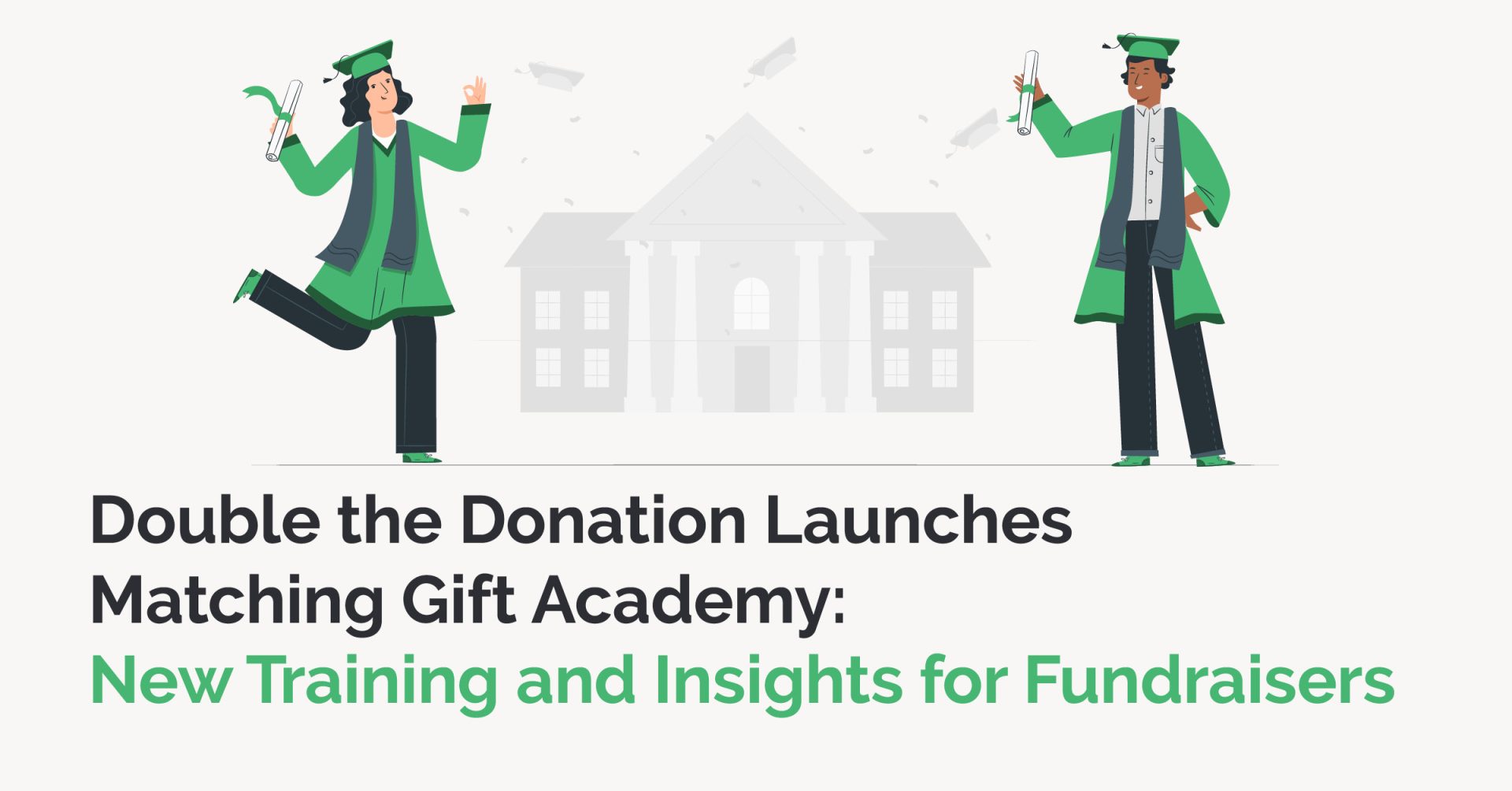
New Matching Gift Academy: Training + Insights for Fundraisers
Double the Donation is excited to announce the launch of our…
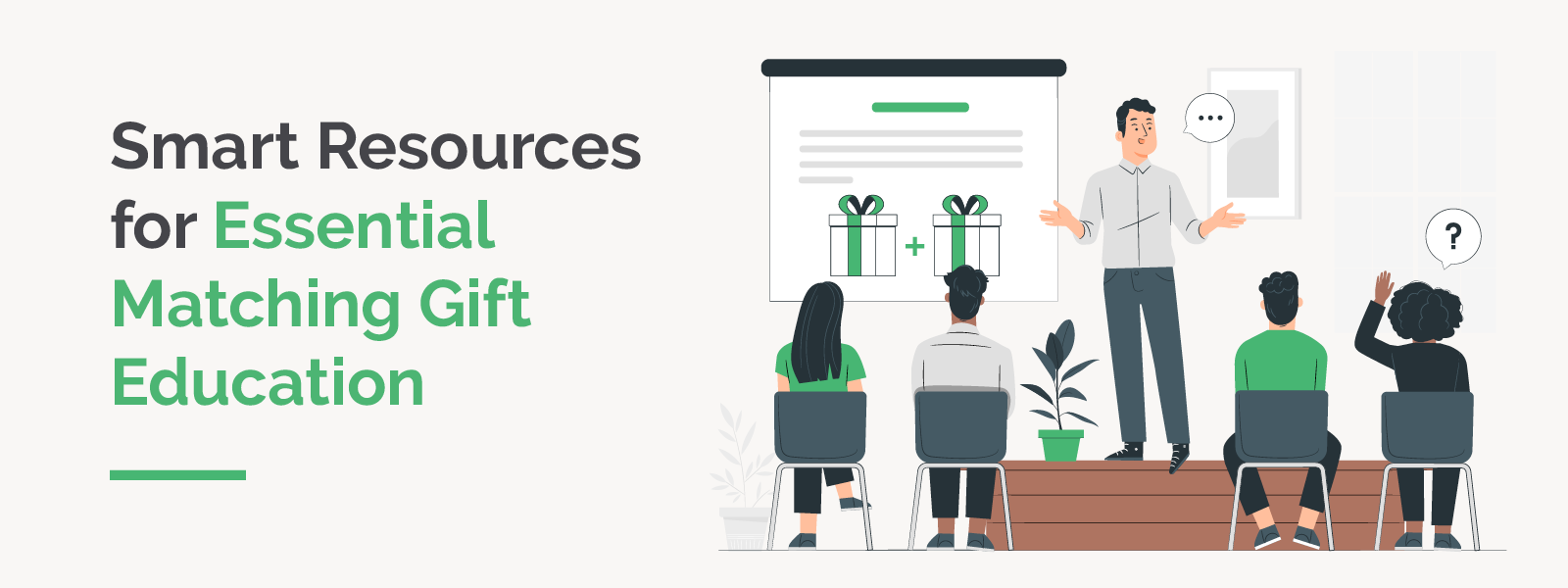
Smart Resources for Essential Matching Gift Education
Matching gifts are a continuously underutilized funding source…

Click & Pledge Expands Matching Gift Functionality with Double the Donation
Double the Donation and Click & Pledge have come together…
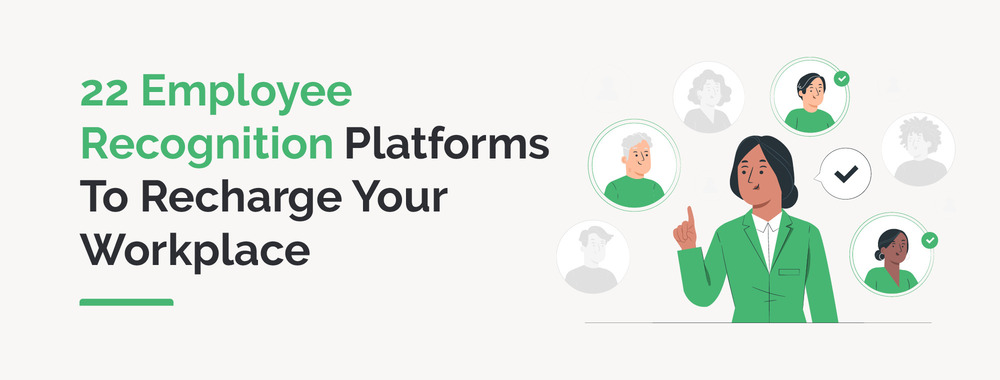
22 Employee Recognition Platforms To Recharge Your Workplace
It's no secret that workplace satisfaction is important. To foster…
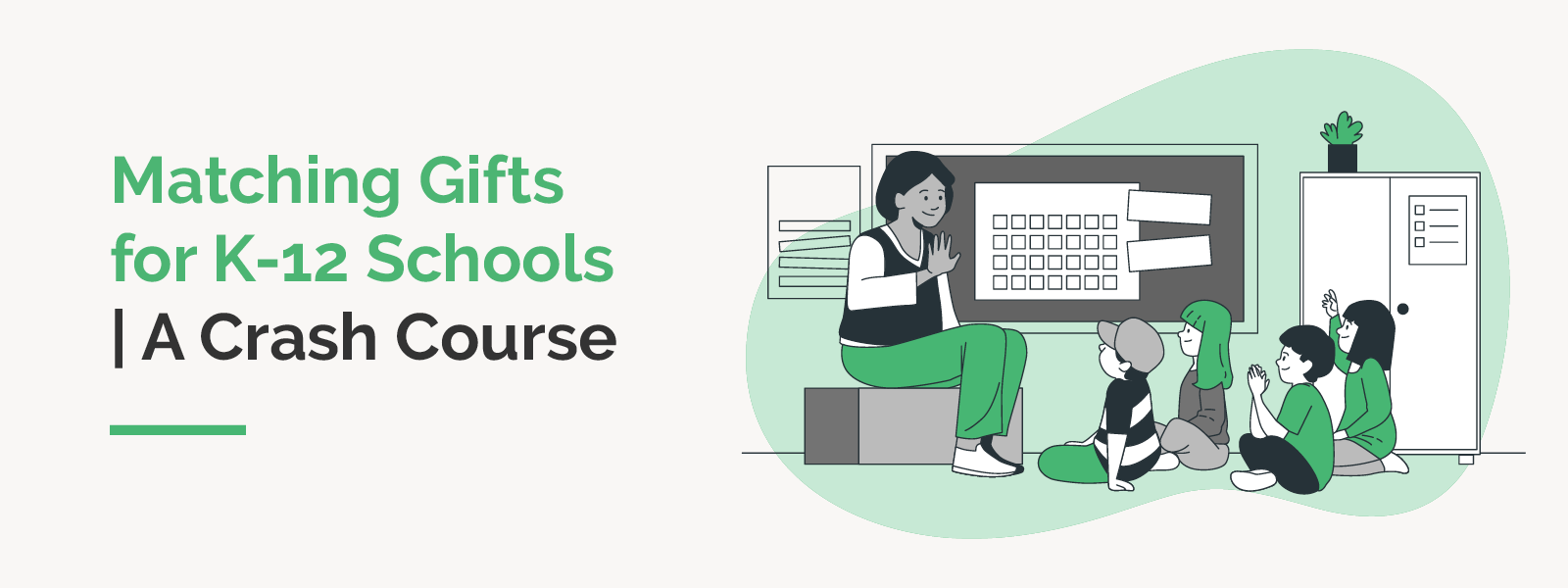
Matching Gifts for K-12 Schools | A Crash Course
Educational institutions, public and private alike, rely on strategic…
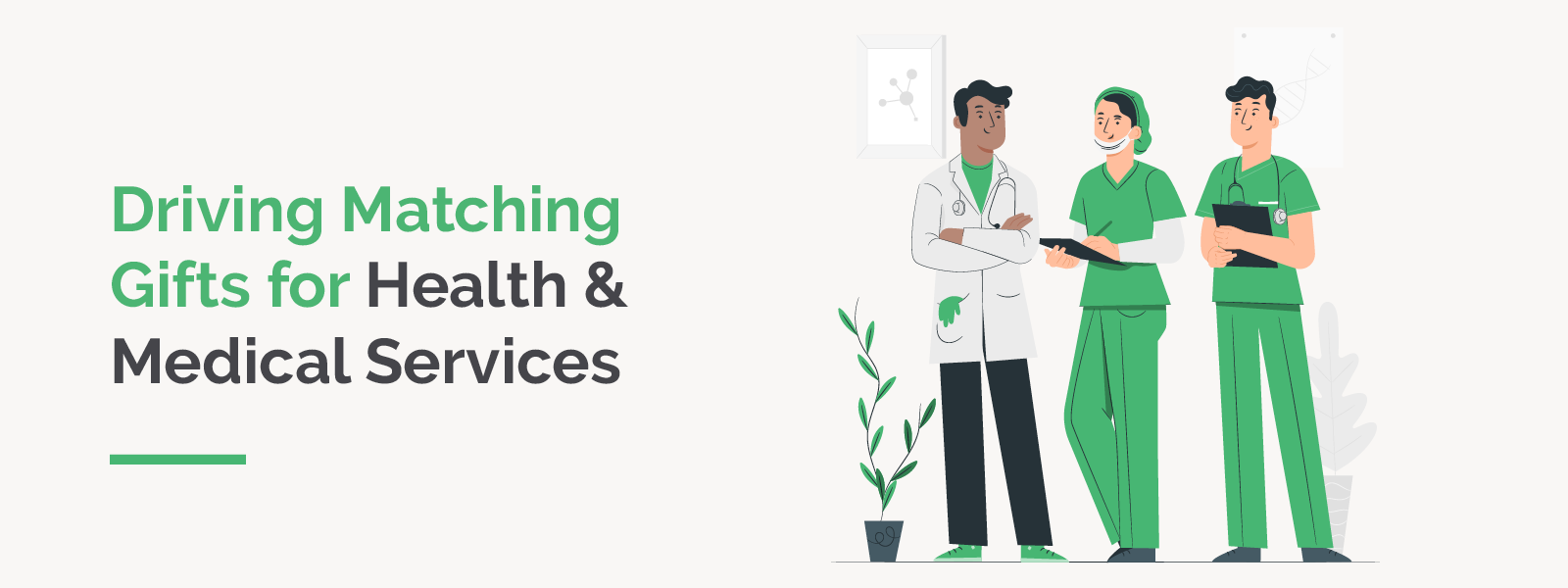
Driving Matching Gifts for Health & Medical Services
In the world of healthcare fundraising, effective revenue generation…

Matching Gifts for Food Security + Anti-Hunger Organizations
Food security and anti-hunger organizations play a critical role…

Matching Gifts and Animal Rescues | How to Double Impact
When it comes to running an animal rescue, there are a few things…

